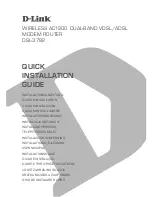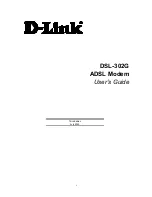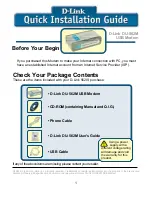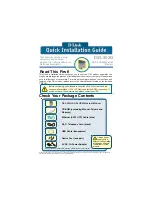
Company Confidential
47
Raveon Technologies Corp.
system. Properly locating the antenna is vital to creating a quality radio link, and
a poor installation can decrease the range of the system by as much at 90%.
Use these guidelines to evaluate your antenna system design, and be sure
contact a quality radio communication equipment distributor such as
Talley
Electronics
(http://www.talleycom.com ) to help choose the proper antenna for
your system.
To increase your communications range, locate the antenna high as needed,
practical, safe, and allowed by your license. On fixed base-station applications,
you may utilize an antenna with gain.
Note: The maximum Permissible Exposure
(MPE) for this product was computed using a 0dB gain antenna, and must be
recalculated if a gain antenna is used.
Height
Try to locate the antenna as high above obstructions, vehicle, and buildings as
p
ossible. UHF radio channels require a clear “line-of-sight” between the
transmitter and the receiver. Radio waves will penetrate buildings, and reflect off
and around obstacles, but the fewer obstacles between stations the better the
signal quality.
Gain
Antennas are specified by their gain. They actually do not have gain, but rather
they can increase the strength of a signal in certain directions, at the expense of
attenuating signals from other directions. Gain antennas always have “patterns”
of gain. It is important you understand the pattern of your antenna. Omni
directional antennas will receive from almost any angle, 360 degrees around
them.
Omni Antenna
Directional Antenna




































